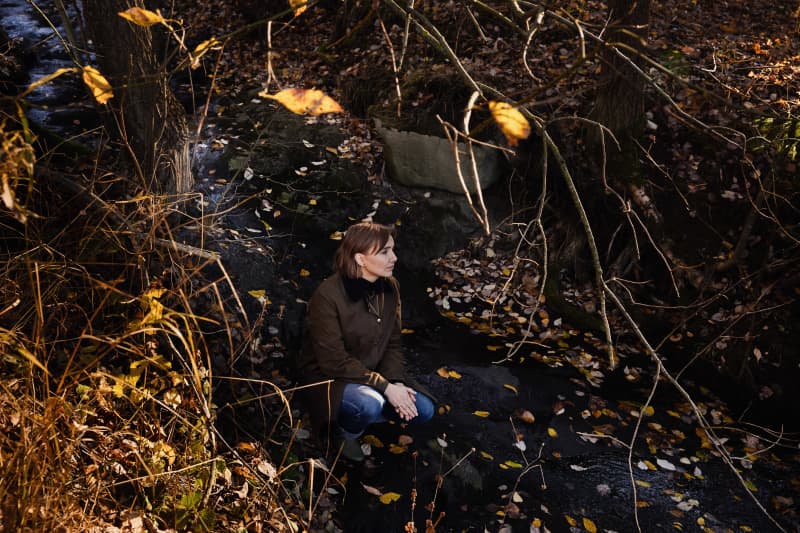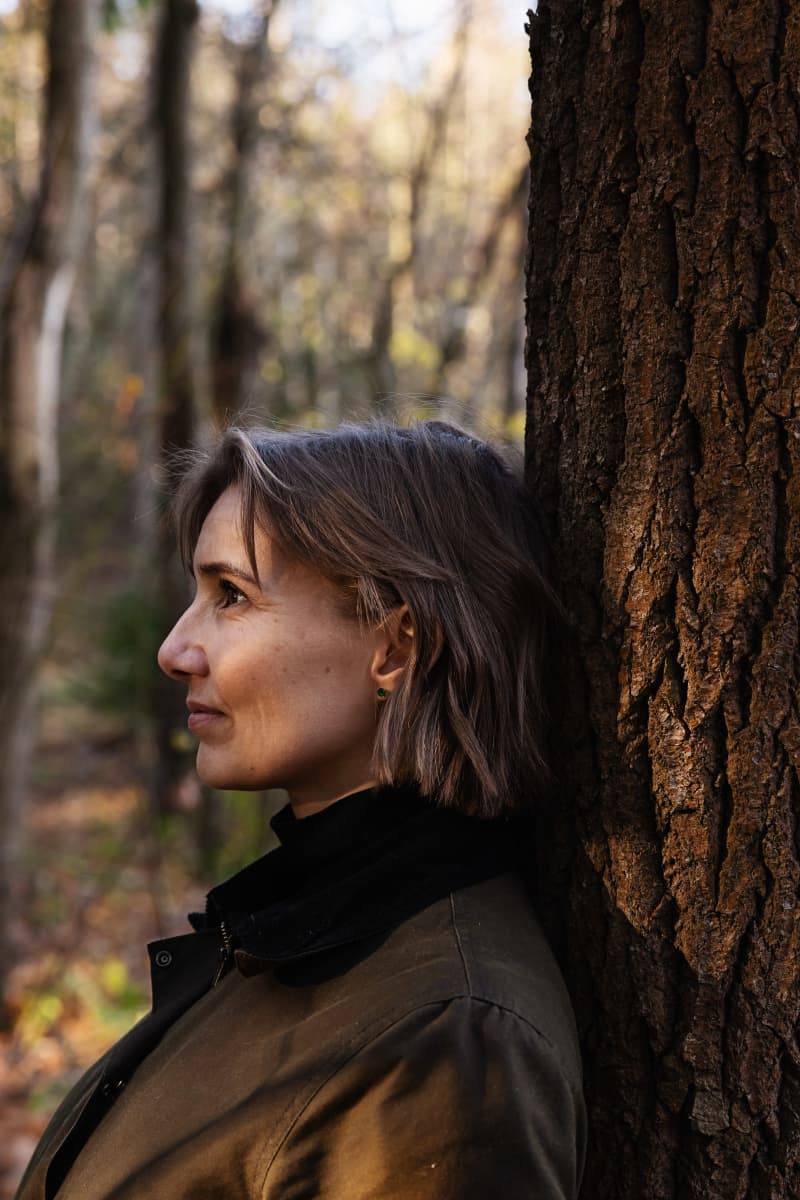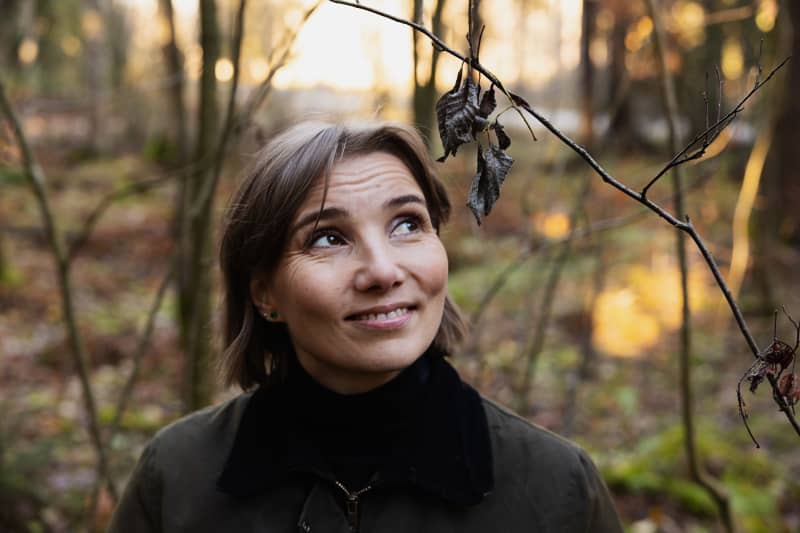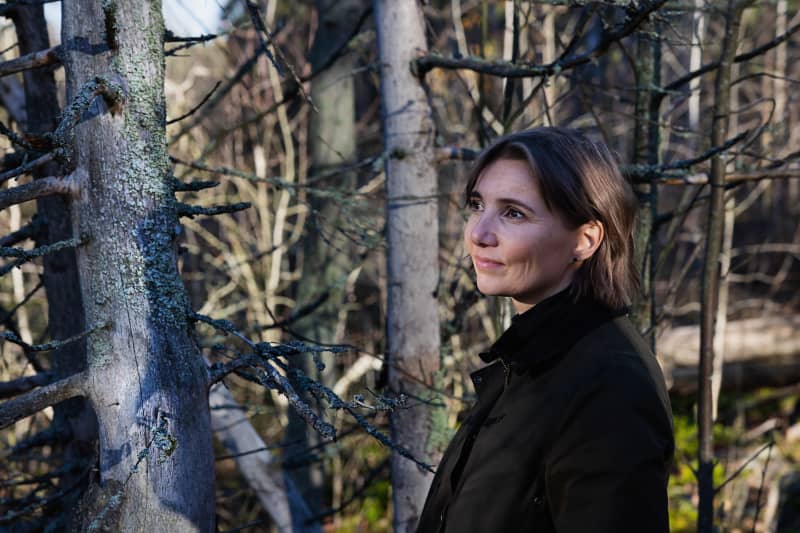Cultural guest, award-winning non-fiction writer Jenni Räinä relieved her climate anxiety by writing a novel about swamps. The politics and topicality of the topic surprised the author.
The smells and scents are strong in the swamp. Räinä senses when he walks through the swamp, how the smells of wet moss and soil mix with the sweet smell of marsh purpura.
– I focus on scents, because I’m not a connoisseur of plants. At least not yet. But I hope someday I would be.
Jenni Räinä from Oulu has previously written non-fiction books about forests and nature. The first novel continues along the same lines – now only through the means of fiction.
tells about Juho, in his thirties, who establishes an eco-community in a northern rural village. Little by little, more and more new members are moving into the community, whose goal is to restore the surrounding marshes. The group is united by climate anxiety and a desire to act for nature.

At first, Suo was only at the beginning of the story. From there, however, it took over space for itself and almost rose to the status of a personal figure.
– In the old days, it was feared that the swamp is a force of nature that spreads and must be kept under control by clearing it. In this novel, it happened that the swamp took up space for itself.
As a child, we used to ski and relax in the marshes
Swamps have always been close to Räinä, who grew up in the village of Hyry, today’s Ii. It was enough to call near the homestead. In winter, it was good to ski on the mountain slopes, you didn’t have to get out of breath in the highlands. Jams were collected in the summer, because Räinä’s mother is a passionate berry picker.
The nearby forests also became familiar in childhood, when Räinä rode his welshpony in them. Räinä has had horses well into adulthood, so it’s no wonder that the novel starts when Juho wanders through the forest to get himself a Finnish horse.
Räinä had been dreaming of writing a novel for a long time, but there hadn’t been a proper spark. Until he had an image in his mind, where a young man walks in the bitter cold to buy himself a workhorse.
The topicality of the novel surprised me
When writing a current information book, the working group had to run a race against time. Politicians made decisions related to forests, large factory investments were planned, and new research information about forests and carbon sinks was constantly coming in.
Räinä sighed with relief when he could write prose. It would not be necessary to take into account all the movements of society.
Until he realized that his novel was the most topical. The restoration of bogs and forests has made headlines with the EU regulations promoting the diversity of nature.
– In the spring, I was figuratively up to my knees in a swamp. I thought about how prose and reality should meet. According to new studies, the restoration was not so clear-cut.
It used to be thought that restoring bogs would automatically sequester a huge amount of carbon. According to new data, restoration also releases methane into the atmosphere.
– Things are complicated. Since there is little time to reduce emissions, prioritization must be done. In the balance sheet, the benefits for biodiversity from the restoration of bogs weigh heavily. In addition, marshes are different. Some are more beneficial to restore than others.

In recent weeks, the restoration debate has taken on new spins. Our country’s government disputed the EU regulation, which would help restore forests, marshes and waterways back to their natural state. The purpose of the section is to support natural diversity and prevent species from disappearing.
To put it bluntly – the views on the meaningfulness of restoration differ in whether they support current investments in the forest industry or whether they want to save nature from species loss.
Even Jenni Räina hasn’t been able to follow every turn of the raging conversation. He just hopes that the politicians know how to make a wise decision and are able to see through the lobbying.
The historical value of the environment is not understood
Swamps have a special meaning for Finns. After all, our country is one of the swampiest corners of the world. Although the origin of the word Suomi is unclear, one can think that the marshes might have something to do with it.
Swamps are also associated with a lot of mysticism, such as lightning and treacherous eyes. Jenni Räinä also remembers \”horror stories\” from her childhood about sinking into a swamp. They were amusing, because in reality such eyes are rare.
Räinä’s relationship with the bogs has always been natural.
– However, I definitely want to deepen my relationship with the bogs. They still fascinate.
Getting familiar with bogs is easy for Räinä, who lives in Northern Finland, because there are still plenty of bogs there. For example, near Räinä’s childhood home, Litokaira begins, which is a large protected marsh area.
In southern Finland, an untouched bog is a rarer sight. A large part has been drained.
Räinä considers the swamp a symbol of our ahistorical gaze.
– You don’t understand the temporal layers that exist in nature. We only see the surface. For example, when we raise peat, we disrupt an ecosystem that has existed long before us.
The value of the built environment is understood. Räinä is surprised that the historical value of the environment is not seen.
– We feel terrible if the old building is demolished. But if you break into a forest that is hundreds of years old or a swamp that is thousands of years old, it doesn’t startle.
Climate anxiety is relieved by writing
However, Räinä has noticed with pleasure how the attitude towards nature has changed during the last decade. Finns value forests and marshes, and their rough handling arouses enormous emotions.
We are getting rid of the traditional scavenger mentality, although Väinö Linna’s immortal phrase is of course still well known. -the beginning of the novel \”In the beginning there was a swamp, a hoe – and Jussi\” summed up the nation’s development for a long time.
– Finland and our country’s prosperity have, among other things, been built by draining swampy agricultural and forest land. Now the same ditches that used to drain the swamp into a forest are being covered up.

Restoration is slow and at the same time climate action is in a hurry.
Impatience and frustration also drive the main character of the novel, Juho, to establish an eco-community and pick up a shovel. Climate anxiety and guilt make the book’s characters act.
Jenni Räinä’s climate anxiety has erupted in books. In the non-fiction books, he has been able to say what he has to say, and in his debut novel, he just wrote away anxiety through his characters.
– Juho is the one who does not remain powerless, but reacts with action.
Guilt is a positive feeling
Räinä considers feeling guilty as a good thing.
– It just means that we care about our planet. It shows that we have a conscience.
Guilt arises when we read information about climate change and realize that our lifestyle is no longer sustainable.
– You just have to make sure that guilt doesn’t turn into anxiety. Action helps with that.
Räinä reminds us that voting is also an act.
– It is important to vote for politicians who take the climate crisis and the loss of nature seriously and act on their behalf.
In addition, your own personal choices can be important.
– However, there’s no need to move to a potato pit or think that you can’t cut down any trees.
Räinä brings up, for example, how Finns have changed their spending habits this autumn as if without noticing. With the energy crisis, many people have lowered the indoor temperature and shortened the time they spend in the shower. Things that used to feel like threshold issues have actually been quite easy to change.

Räinä can release his environmental anxiety also in his next novel, which is set near his birthplace.
To familiar swamps. To the smell of the bog.

